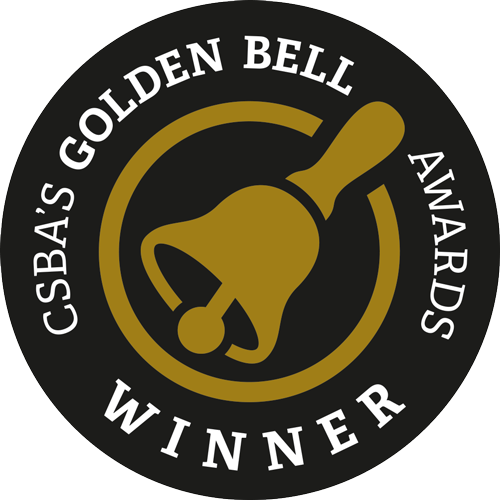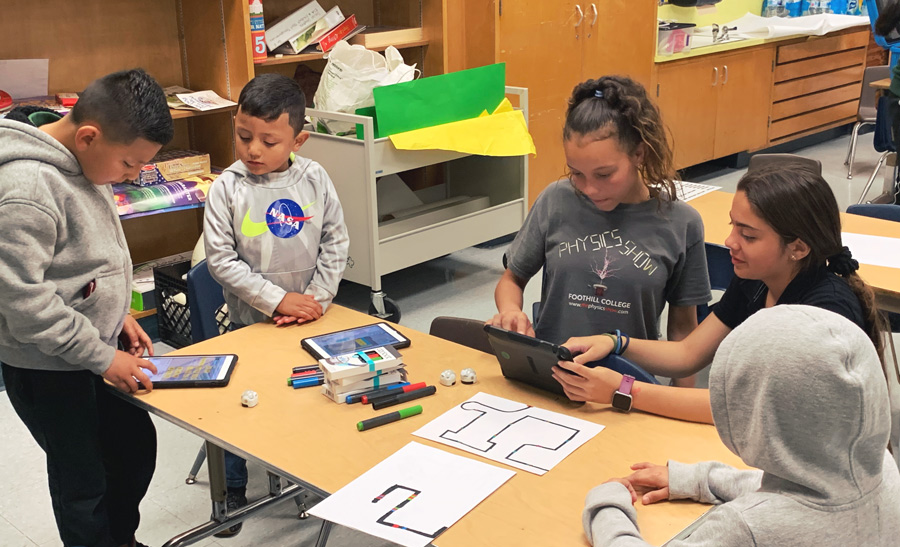class act Best practices in action
Best practices in action

Best practices in action

nce a traditional middle school, Ocala STEAM Academy in the Alum Rock Union School District reopened in August 2015 as a project-based learning campus. The school, just east of San Jose, is built on the foundation that all students can be powerful learners when provided with the appropriate access points and opportunities. Ocala is committed to leveraging its diverse community to help all students be agents of change. Its successes landed a 2019 CSBA Golden Bell Award for Outstanding Program in STEM/STEAM.
Principal Tracy Leathers said Ocala’s GEAR UP theme, coupled with innovative teaching and learning, work to empower students and encourage them to use their voices. “We want to support our students in becoming good humans who use their voices to create lasting change,” Leathers said. “This is also why we couple STEAM work with project-based learning. Our students all learn about GEAR UP and the core values at the beginning of the year with our Smart Start program, in which we build foundations and ground the work that we will be doing that year.”
Similar to a traditional middle school, Ocala STEAM academy has core content-area classes including English language arts, math, science, social studies and physical education. Most of the similarities end there, however, as Ocala students approach learning through the lens of their project-based learning theme and the driving questions established from that theme. “You may find students working on science in their ELA class or STEAM in math, for example,” said Leathers. “The students still have access to all of the standards, but the work is not standalone per subject, but rather tied to a project in which they are working to find a solution to a real-world problem.”

Community partnerships are key in providing a variety of experiences to students. An initial partnership with Verizon Innovative Learning resulted in a 1:1 device ratio for all students and the creation of an innovation lab. Local partnerships with Research Area for Teaching (RAFT), Intel, YWCA and Hewlitt Packard Enterprise have provided access to resources and professional development and allowed students to interact with professionals in STEAM fields. Ocala’s student population is nearly 80 percent Latino and Leathers said connecting students with people of color in these roles has been crucial for them to believe that a career in a STEAM field is possible.
Leathers emphasized it is this student-centered learning that creates the unique culture and learning environment at Ocala. “There is lots of movement, lots of noise and lots of joyful learning when we are doing it right,” she said. “We believe a huge reason we are successful is because the kids know they matter, and their voice is heard in their learning.”